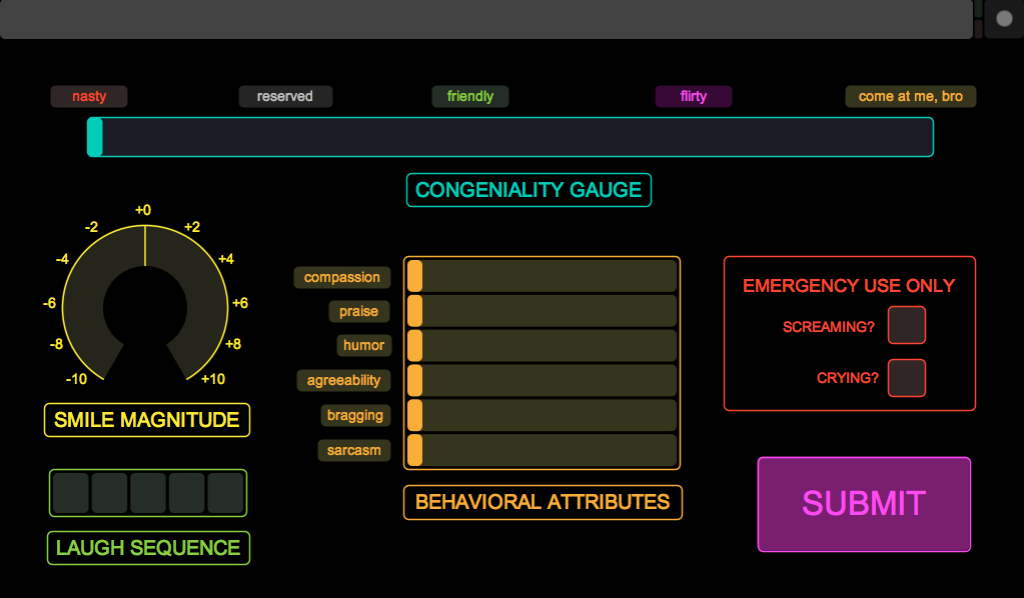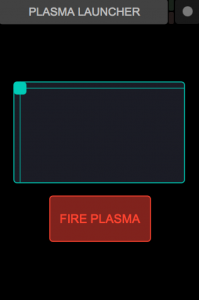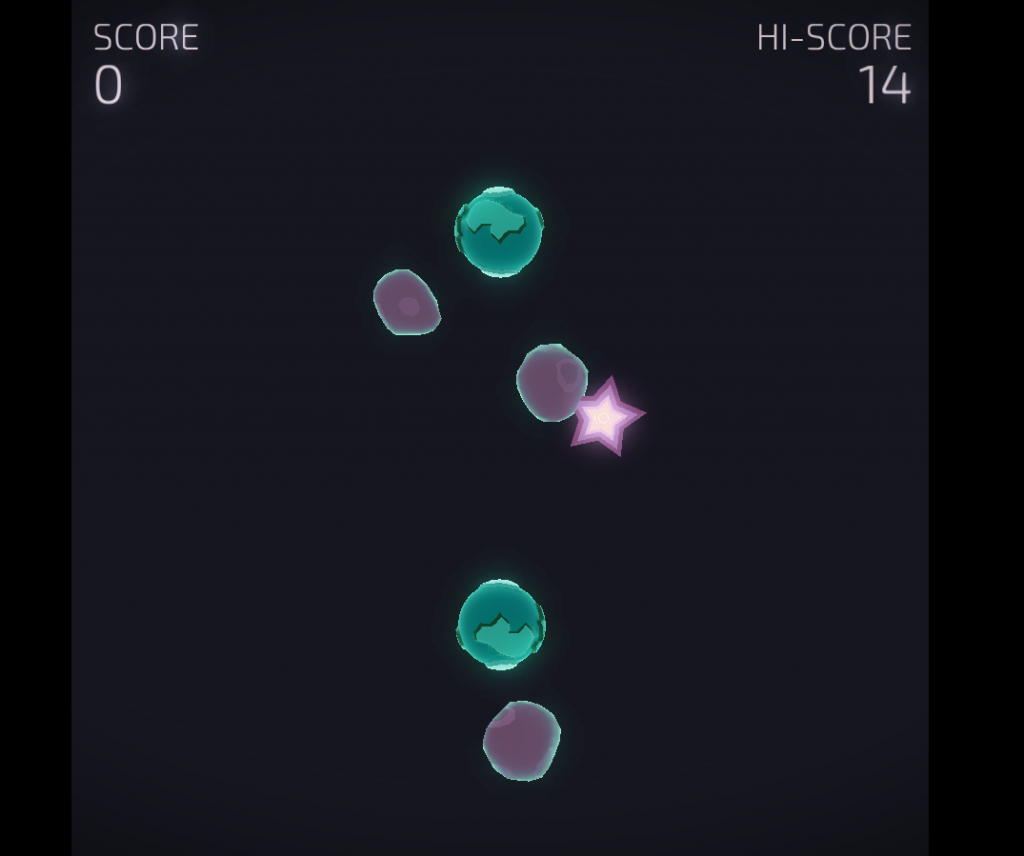Description
The Its and the Bits™ is a mix of Snake, rolling chairs and music, themed in honor of the whimsical and ironic buzzword-laden world of corporate team-building exercises. Players split into two teams, the “Its” and the “Bits”. The “its” initially start off with just 1 player, who tries to consume all the others, who then join their team, while the “bits” run away. The game is fairly non-violent since while players run away and chase after each other, their goal is the back of another’s chair, so there’s no direct competition or reason to push people. At the same time, it is inclusive since players are always in play on either team until the very end. The game is marked by tension and release, as music controls whether players can use their legs to move fast or not. Ultimately, Its and the Bits™ should be fun to play–for whatever side you’re on!
Goals
Make a non-violent and inclusive version of musical chairs. The game should be easy to understand and fun to play, and should be playable with minimal materials found in an office or work environment.
Process
We initially brainstormed various different forms (live guitar, an ACTUAL orchestra, etc.) and uses of music (stop spinning, dancing, different information via wireless headphones, slow vs. fast).
We began by playing around with some spinny chairs. We tried grabbing onto each other in various formations: line, circle, pods of 2, etc. and found that while we originally thought we might use duct tape, hand grips are strong enough to do just about anything we might want (which ended up becoming the snake formation). We also tried various forms of maneuvering: using either feet or hands, and pushing off the ground, walls, or other players. We found that while feet are the easiest way to get around, you can do without by wiggling around, pushing off other players, and the walls. It was also pretty funny to look at. These became our two main game modes.
Iterations & Playtesting
Test 1: Playing live music via guitar
Observations: It was pretty cool, but hard enough to hear over the sounds of chairs rolling that players often struggled when they could move freely and vice versa. We were also concerned that the performer would have some bias towards when to start and stop the music. Thus we decided to opt for playing louder, generated music over speakers.
Test 2: When the music plays, the It can use their feet; bits struggle, and vice versa.
Observations: This made the game somewhat more interesting as players had to swap up their strategies, but ultimately was too confusing to explain and keep track of, and led to a lot of imbalance (if you were in the wrong place when the it came with music on, there was not much you could do). We kept the music/no music, but made it the same for both sides.
Test 3: The “it” only needs to touch another player to tag them.
Observations: This made it way to easy for the “it” to win, especially when it could use any of its members to reach out. We decided the “it” must grab the back of the chair, with 2 hands.

The Rules
Thousands of Fortune 100 companies have used our Enterprise-grade Its and the Bits™methodology to proactively bring new synergy to their work environment communications. Its and the Bits™ is a gamified form that is designed to get the whole corporation to work collaboratively.
Players: 3+ (Best played in big groups)















